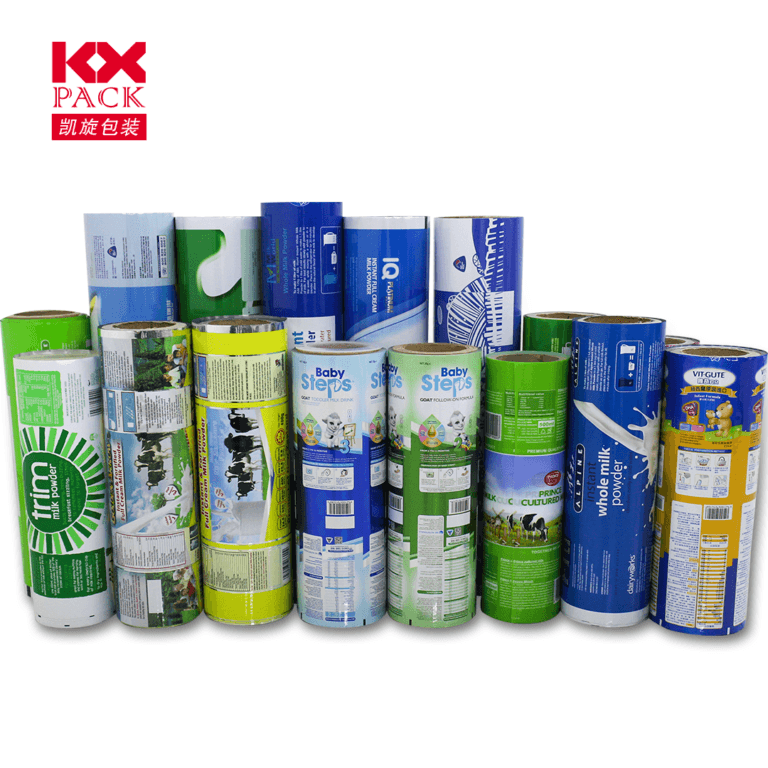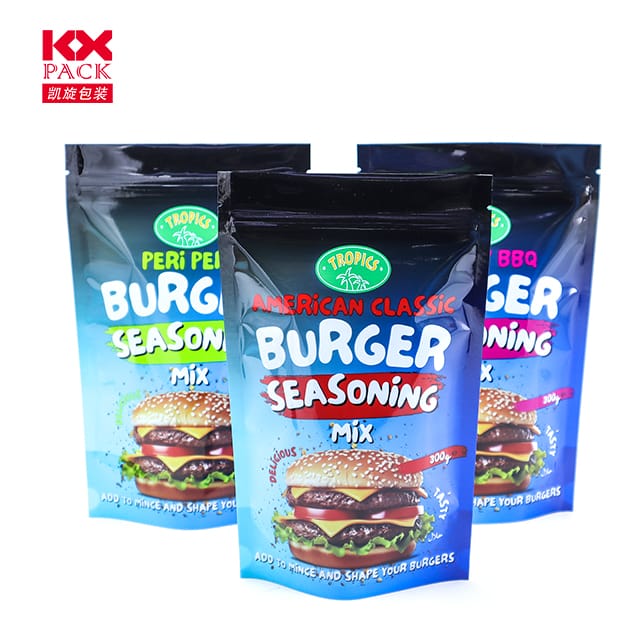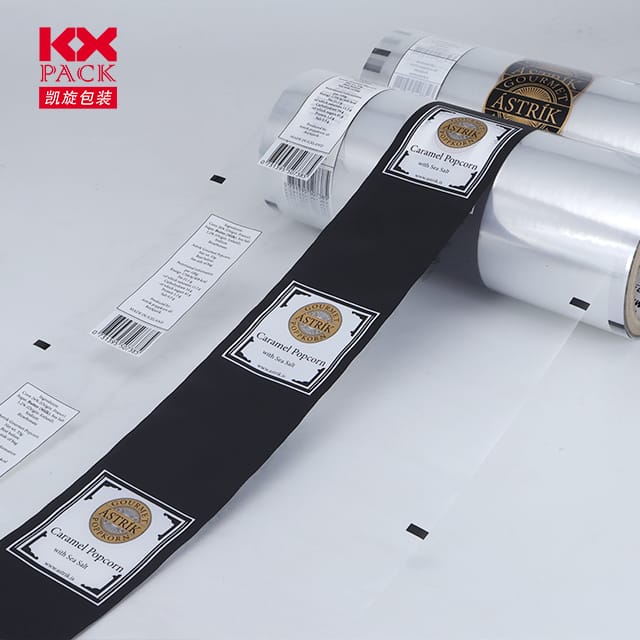The Future of Food Preservation: How Flexible Food Packaging Films Are Revolutionizing the Industry
أفلام تغليف الأطعمة المرنة
في عصر حيث الاستدامة, food safety, and convenience are paramount, أفلام تغليف الأطعمة المرنة have emerged as a game-changer for the global food and beverage industry. These lightweight, adaptable materials are redefining how products are protected, قدم, and preserved—from farm to table. Let’s explore the innovations driving this trend and why they’re critical for modern consumers and manufacturers.
Why Flexible Food Packaging Films? The Core Advantages
- Barrier Protection, مدة مدة الصلاحية
أفلام تغليف الأطعمة المرنة are engineered with multi-layer structures that create impermeable barriers against oxygen, رُطُوبَة, ضوء, والملوثات. على سبيل المثال, PVDC-coated films أو metallized PET layers can reduce oxygen transmission by up to 99%, preserving freshness and flavor in snacks, اللحوم, and dairy. Studies suggest that advanced packaging could cut global food waste by 30% by 2030—a critical step toward sustainability. - Lightweight and Eco-Friendly
Compared to rigid packaging (على سبيل المثال, glass jars or metal cans), أفلام تغليف الأطعمة المرنة use 70% less material by weight, lowering transportation emissions and storage costs. ابتكارات مثل biodegradable PLA films و recyclable PE/PP blends are further reducing plastic’s environmental footprint, aligning with global zero-waste goals. - Customization and Versatility
From الحقائب الوقوف for pet food to retort-ready bags for ready-to-eat meals, flexible films adapt to any product shape or size. Brands can leverage الطباعة الرقمية for vibrant, on-demand packaging designs, enhancing shelf appeal and brand storytelling.
Key Innovations Shaping the Market
- Smart Films for Enhanced Safety
Modern أفلام تغليف الأطعمة المرنة incorporates anti-fog coatings (for clear visibility in refrigerated sections), self-venting technologies (for microwave-safe meals), و UV-blocking layers (to protect light-sensitive products like oils or supplements). على سبيل المثال, أفلام BOPP with low seal initiation temperatures (SIT) boost production efficiency by 20% for snack manufacturers. - Sustainability-Driven Materials
The market is shifting toward compostable films (على سبيل المثال, corn-starch-based PLA) و المعاد تدويرها بعد الاستهلاك (PCR) content. شركات مثل Glenroy و Winpak are pioneering mono-material structures (على سبيل المثال, all-PE pouches) لتبسيط إعادة التدوير. بواسطة 2028, the global flexible packaging market is projected to reach $341.6 billion, fueled by eco-conscious demand. - Advanced Adhesives and Sealing
جديد solvent-free laminations و high-performance sealants ensure leak-proof packaging even for liquid products like soups or sauces. These innovations also reduce production waste and energy use.
التطبيقات عبر الصناعات
- Fresh Produce: Breathable films with modified atmosphere packaging (MAP) extend the shelf life of berries and leafy greens by 2–3 times.
- Ready-to-Eat Meals: Retort pouches withstand high-temperature sterilization, eliminating preservatives while maintaining texture and taste.
- الأدوية: Child-resistant, moisture-barrier films ensure safe storage of pills and supplements.
- مستحضرات التجميل: Flexible tubes and sachets offer precise dispensing and protection from contamination.
الطريق إلى الأمام: Trends for 2025 and Beyond
- تكامل الاقتصاد الدائري
Brands are adopting closed-loop systems, where used packaging is collected, معاد تدويره, and repurposed into new films. Partnerships between manufacturers and recycling firms will be key to scaling this model. - Active and Intelligent Packaging
Imagine films that change color when food spoils or release natural preservatives over time. Early prototypes using مؤشرات درجة الحرارة الزمنية (أب) و oxygen scavengers are already in testing. - التدقيق المطلوب
As governments tighten rules on single-use plastics, flexible films must meet FDA and EU food-contact standards while minimizing chemical migration. Transparent supply chains and material traceability will become non-negotiable.
استنتاج: مستقبل مرن
Flexible food packaging films are no longer just a cost-effective alternative—they’re a strategic imperative for brands aiming to thrive in a competitive, sustainability-focused market. By combining cutting-edge materials with smart design, these solutions address today’s challenges while paving the way for a safer, greener tomorrow.
Ready to upgrade your packaging strategy? Explore how flexible films can transform your product’s performance, الاستدامة, and consumer appeal. The future of food preservation is flexible—and it’s here to stay. 🌱✨
References: Flexible Packaging Association, Global Market Insights, PennPac, TedPack







